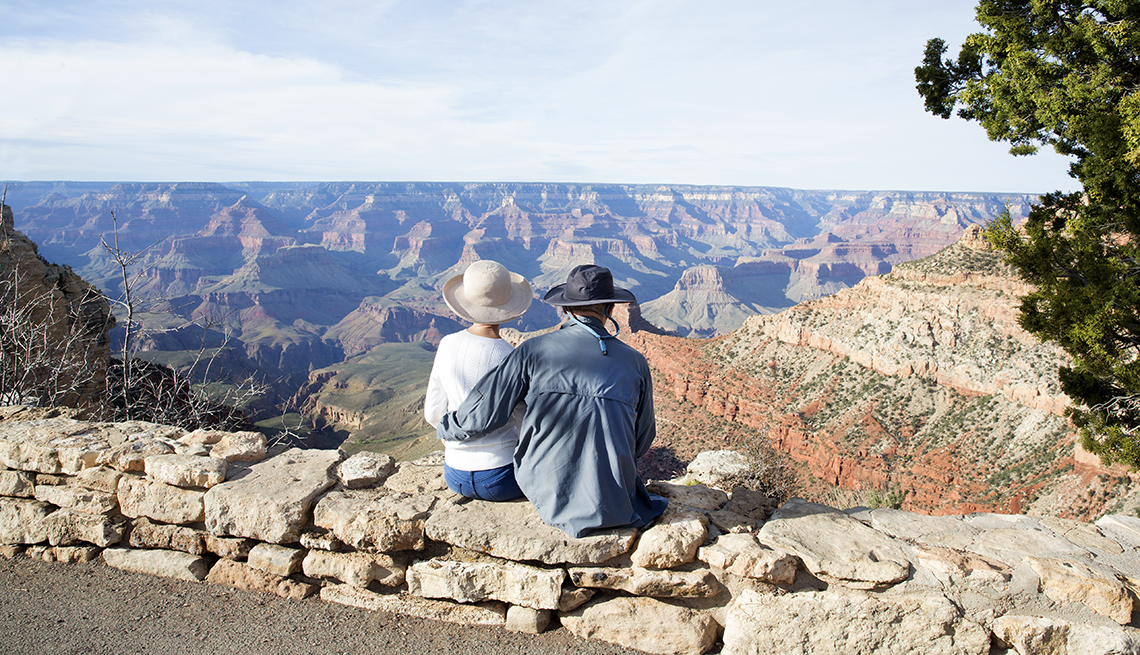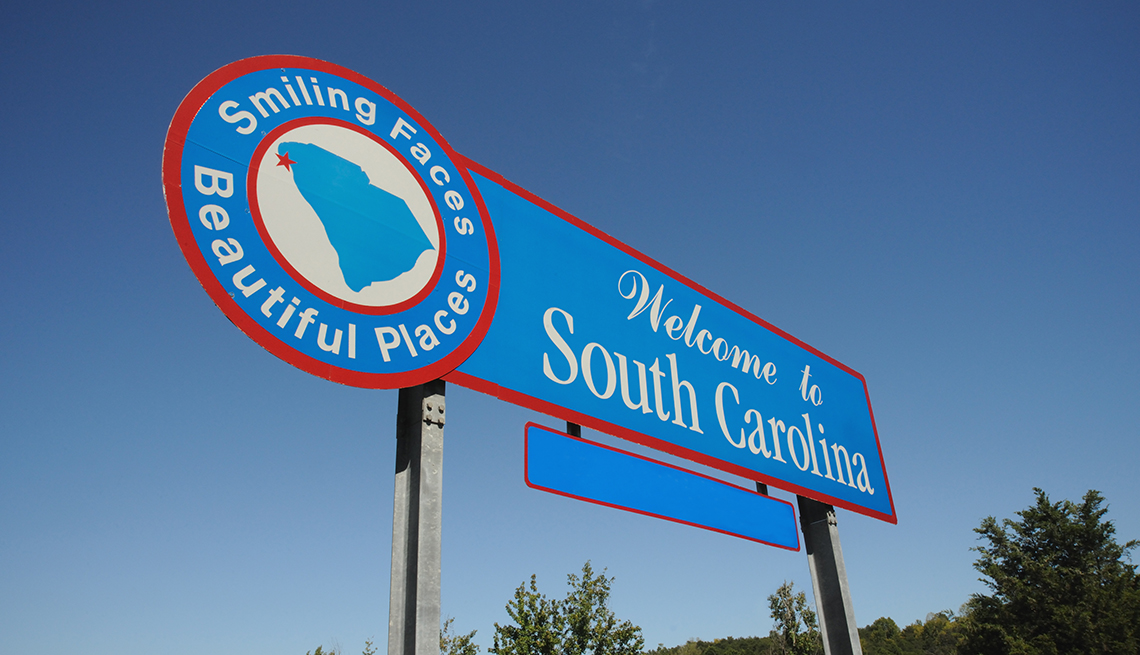AARP Hearing Center


Few states can top Arizona’s résumé when it comes to attracting retirees. With low taxes, endless outdoor activities and a dry, stable climate (no hurricanes here), the Grand Canyon State ranks behind only Florida in drawing older adults, and Mesa leads the nation’s urban areas in gaining new denizens ages 60-plus, according to a review of recent U.S. Census data by consumer finance website SmartAsset.
Real estate broker Scott Fuller, who moved from Northern California to Gilbert, Arizona, in 2020, notes one advantage his adopted home state has over others when it comes to winning over retirees.
“Many have already been here,” he says — visiting the Grand Canyon and other major tourist attractions, seeing kids attending Arizona State in Tempe or the University of Arizona in Tucson, “or as snowbirds from the Midwest and East Coast who have already spent chunks of time there.”
“A lot of people think Arizona is just kind of the desert way out in the middle of nowhere with nothing to do,” says Nat Pellegrini, 80, who moved to the state in 2005 with his wife, Peggy.
“But in our community” — Sterling Grove in Surprise, about a 30-mile drive from Phoenix — “we have restaurants, walking trails, pools, quite a lot of amenities,” Nat says. “Plus, you can be outdoors more often during the year. I was born and raised in Wisconsin, and we didn’t think about golf until April or May because everything was frozen with snow on the ground. Not here.”
Here are six reasons to consider retiring in Arizona, and one reason to perhaps think twice.
1. (Almost) endless sunshine
Arizona was long known as the state of the 5 Cs: citrus, cotton, cattle, copper and climate. It’s still the top copper-producing state in the U.S., but it’s that last element, climate, that remains the primary draw for retirees.
Yes, it gets hot during the summer. Really hot. And it’s getting hotter: On July 18, temperatures in Phoenix topped 110 degrees for a record 19th straight day.
But it truly is a dry heat, and from November through April average highs in the Phoenix area range from 66 to 85, with just eight inches of rain annually. Just make sure when summer rolls around that you understand the health risks extreme heat poses, especially for older adults, and take steps to mitigate them.


Temperatures are cooler at increased elevations in cities like Prescott, Sedona, Flagstaff and Tucson. Those places even get snow in the winter months. But overall, Arizona is the sunniest state in the union, according to federal data, and the World Meteorological Organization names Yuma the sunniest city on earth.
2. The (really) great outdoors
The Grand Canyon may give Arizona its nickname (and draw nearly 5 million visitors a year), but there’s must-see country just about anywhere you go across the state.
























































































More From AARP
Great Places to Golf Your Way Through Retirement
These 8 destinations will delight lifelong players
Play Ball! 7 Great Places for Baseball Fans to Retire
Consider these destinations for the love of the game
A Stunning Trip through Coral-Hued Canyon Country in Arizona and Utah
Two national monuments, jaw-dropping views and Toadstool Hoodoos are a few of the highlights